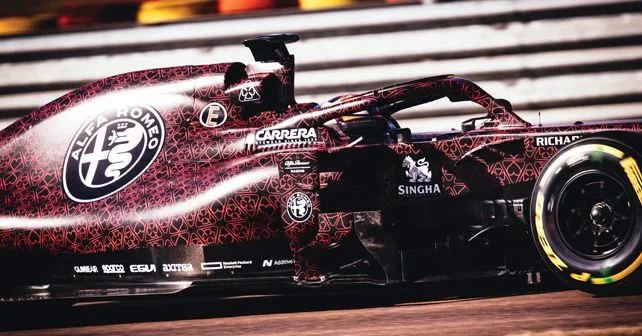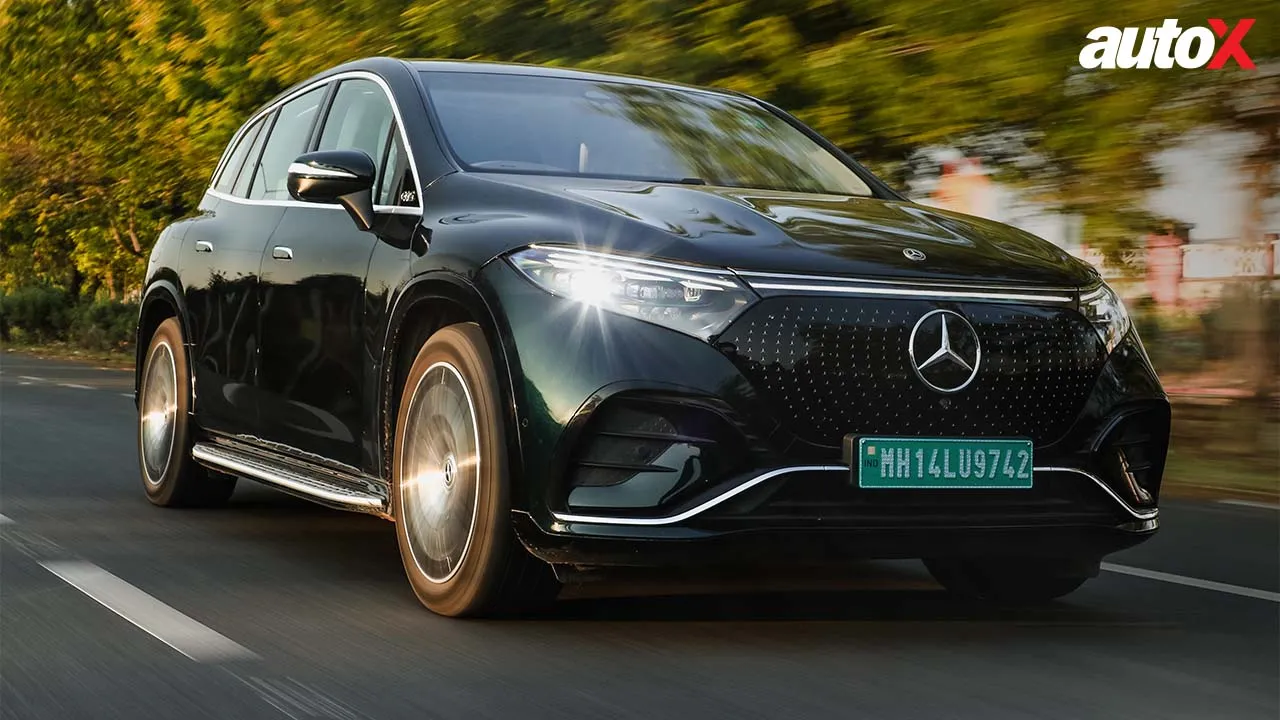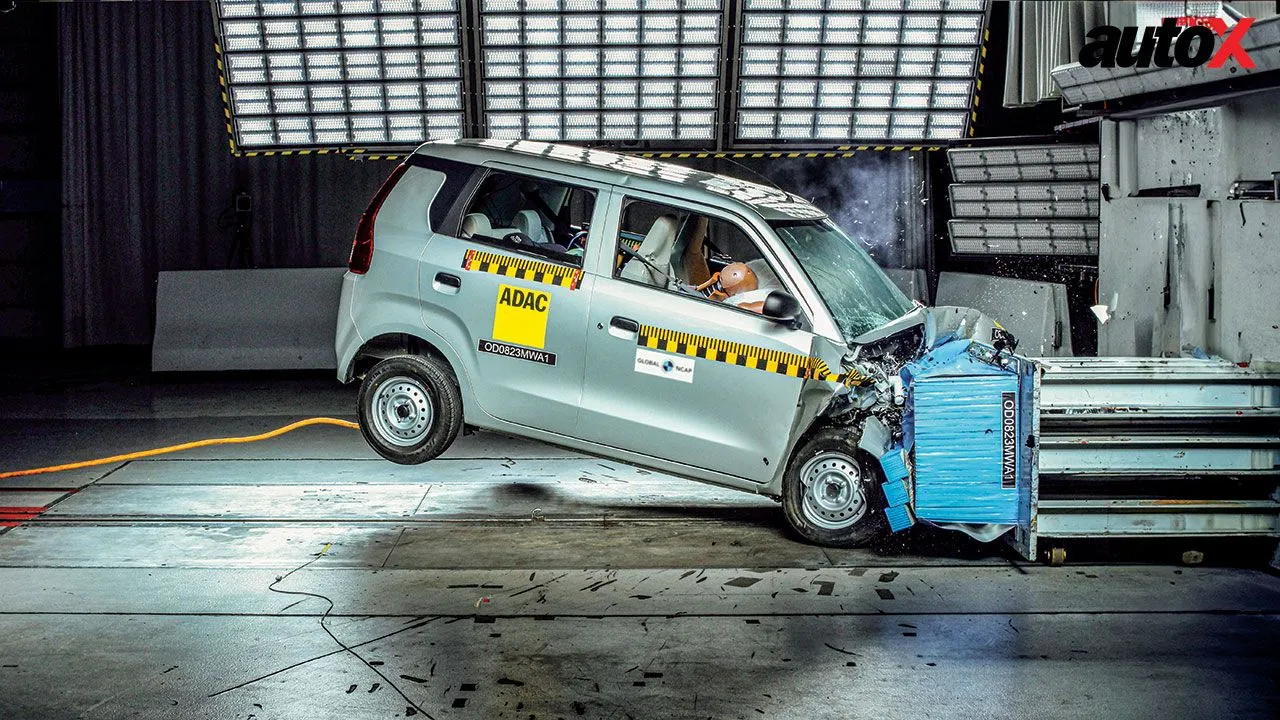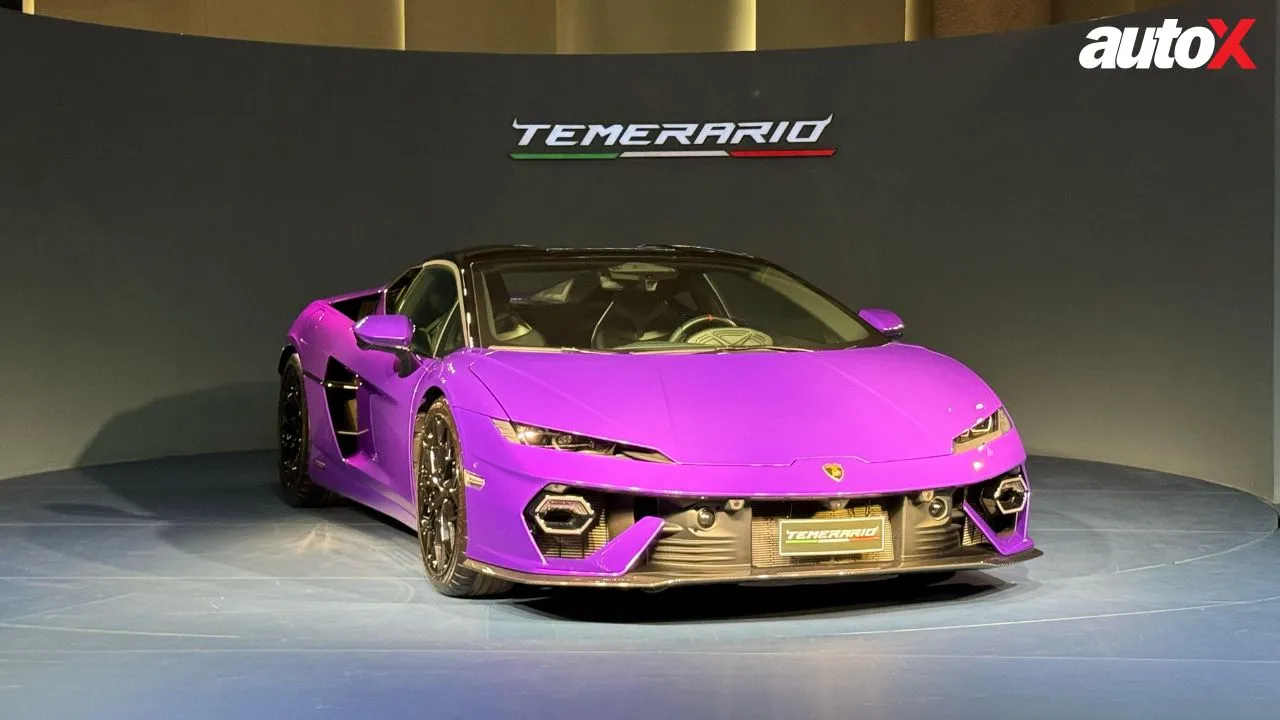2019 looks to be a good year for Formula One
The overall conclusion is that things are very positive and I know that, as an F1 correspondent, I’m excited at the prospects for 2019 and for the future. There will be challenges, of course, but one can see that progress is being made. I suspect that we will have a terrific championship.

As Formula 1 heads towards its 1,000th World Championship event in China in April, the sport looks to be in very good health – despite some naysayers who are stuck in the past and would still prefer to have 88-year-old Bernie Ecclestone in charge, which is truly daft.
The new owners, Liberty Media, have done a good job thus far to give the sport a much-needed makeover, and last year, across both digital and TV platforms, F1 generated a significant increase in its audience figures compared to 2017. The sport registered 490.2 million unique viewers (people who watched at least one race) during 2018, an increase of 10% over 2017. This was largely due to a number of major markets growing, notably getting TV coverage back in China, which was a huge step forward, while there was 87% growth in the Indian subcontinent and a hike of 51% in France. Other markets on the move were Russia (up 27%) and the United States (up 20%). The largest audiences in 2018 were in Brazil (115.2 million viewers), China (68 million) and the United States (34.2 million). The latter two are the sport’s primary markets for growth, and neither was in the top five when Liberty took over. There is also huge progress being made in sponsorships, with F1 signing big new partnership deals with AWS (Amazon Web Services), Petronas and ISG (Interregional Sports Group). Global partnerships with Emirates, Pirelli and DHL have been renewed and there are new race title sponsorships with Mercedes, Eyetime and Honda. In financial terms, this means that the sport is up 12% on its commercial revenues compared to 2016, the last year under the old regime. That means an additional $27 million. The sport now exists properly in the digital world, has begun to merchandise centrally at races and is developing its own over the top TV services.
Team ownerships may change from time-to-time, but there remain, 10 active constructors, with four engine manufacturers and a fifth (Alfa Romeo) likely in 2021. And the number of races is expanding.
So, what’s wrong with this?
Some argue that Mercedes-Benz claiming 74 victories in the last 100 races is a problem, but I don’t agree. One did not go to races in 2018 knowing who was going to win and Scuderia Ferrari probably should have won the title if Sebastian Vettel did not make so many mistakes. One can point to a number of mistakes made by the team, but this happened with Mercedes as well.
Sport is largely about people and how they engage with fans and how they cope with the pressures of the competition – and Formula 1 has plenty of human interest stories in 2019. Lewis Hamilton is driving better than ever, and it’ll be fascinating to see whether or not Valtteri Bottas can up his game this season – in the knowledge that the team has Esteban Ocon waiting in the wings as its reserve driver. Ocon is a class driver, and it was unfortunate timing that resulted in him missing out on Renault and McLaren rides.
There are tantalizing contests between teams and team-mates right down through the field: Will Charles Leclerc put Vettel off balance? How will Pierre Gasly do up against Max Verstappen at Red Bull? Will Nico Hulkenberg beat Daniel Ricciardo at Renault? And how will McLaren do with two drivers who have not yet won a race – the first time that has happened since 1994. There is also the question of Honda and Renault as they try to catch Mercedes and Ferrari… And there is also much interest in how Alfa Romeo (Sauber) and Racing Point (Force India) will do with more money behind them. And will Williams start to turn the corner, or will that require another reshuffle?

In the last few weeks, there have been some unfounded rumours that Liberty Media might be looking to sell the sport, after only two years. There’s no logic in this, and this appears to be an attempt by the dinosaurs to manipulate the stock price.
Liberty is still very much engaged in the process of building the business up to what it believes it can become. That process was always going to be at least a five-year plan given the state of F1 when Liberty took over. It’s not necessarily an easy job, given the change of attitude that was required amongst the teams – who, having lived for so long in a culture of adversity, are struggling to understand that teams can unite and work together, and can all gain from the experience.
The next few months are important because the ongoing negotiations over budget caps, revenue splits and technical and sporting regulations all need to be concluded so that preparation can begin for the new Formula 1 in 2021. We have a vague idea on what this will look like, but it’s the detail that’s always the problem.
Still, the overall conclusion is that things are very positive and I know that, as an F1 correspondent, I’m excited at the prospects for 2019 and for the future. There will be challenges, of course, but one can see that progress is being made. I suspect that we will have a terrific championship, as Mercedes and Ferrari go head-to-head again. And I think Red Bull won’t be far off, despite the change of engines. And I think that we’ll also see Renault much closer to the front, probably with McLaren snapping at its heels (or perhaps even ahead).
Bring on the first race in Melbourne…
Joe Saward has been covering. Formula 1 full-time for 30 years. He has not missed a race since 1988.






























Write your Comment on